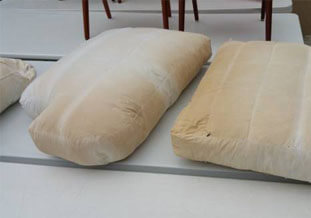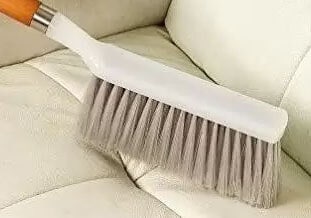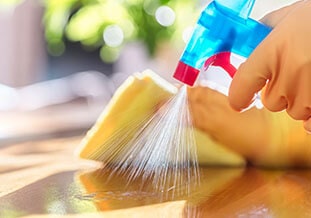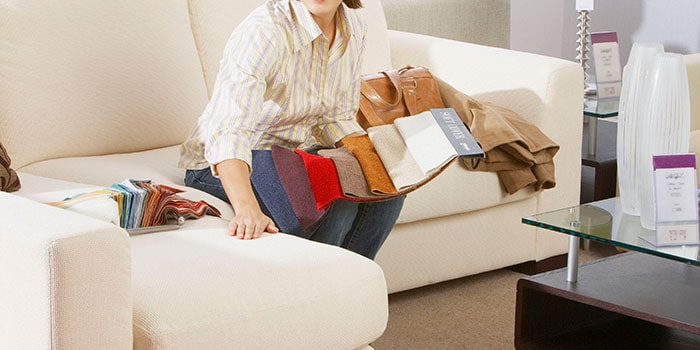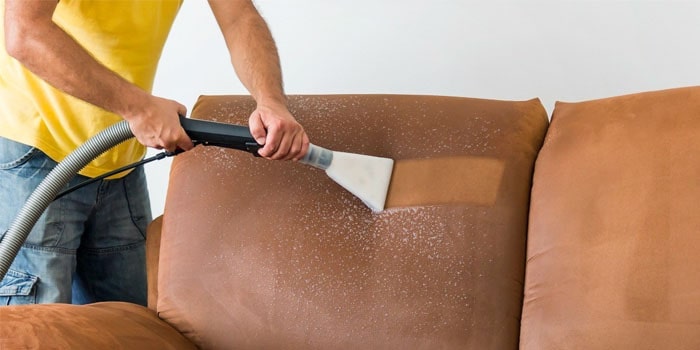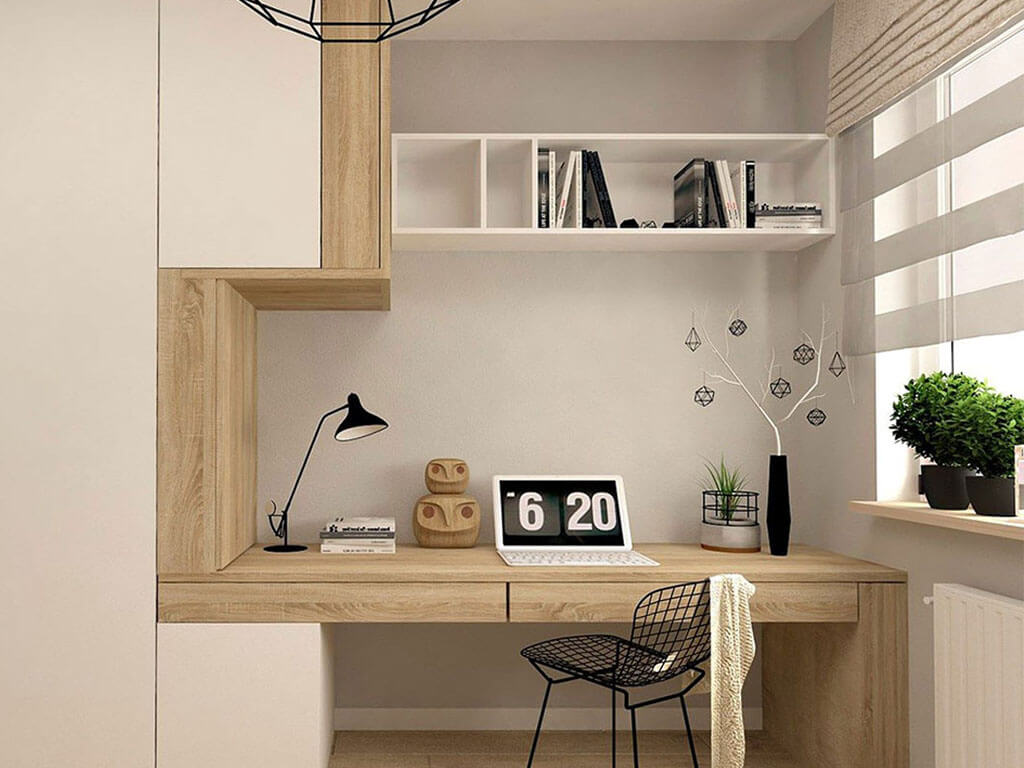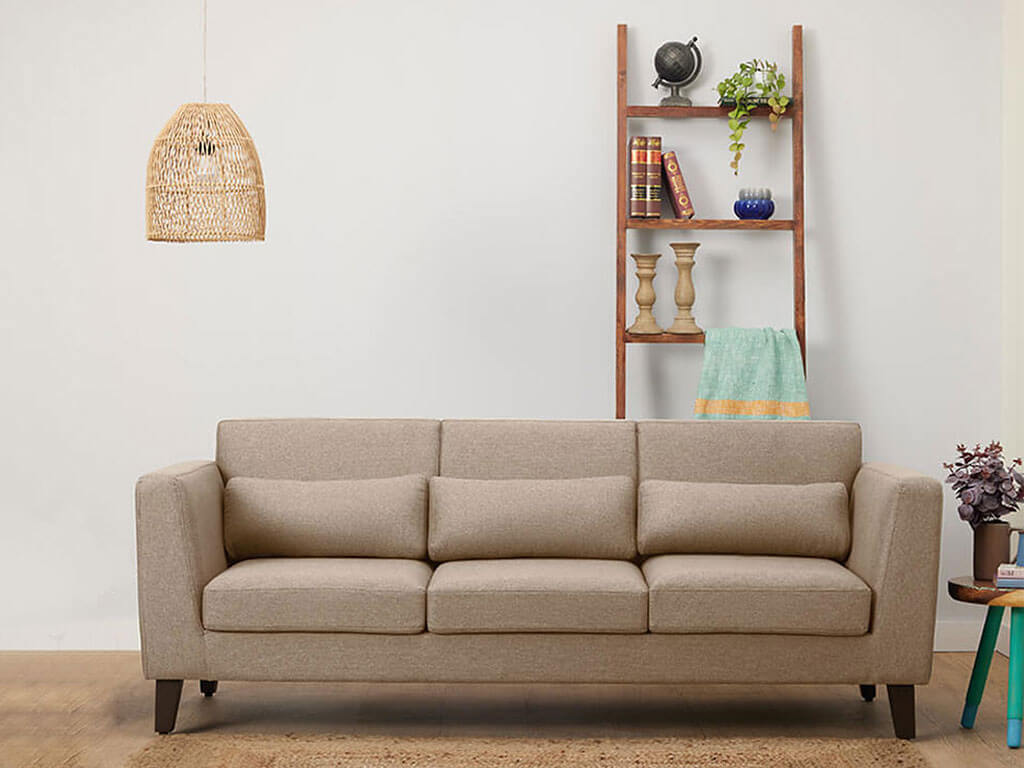Upholding the Upholstery -
Maintenance Tips
How Often to Clean?
For maintaining the new-like sheen of any upholstery, it must be cleaned regularly. This will help in preventing the accumulation of dirt particles on the surface of the fabric and beneath. Also, use a great upholstery cleaner that’s both safe and effective.
To keep the sofas spotless, they must be vacuumed every fortnight. While vacuuming, use the brush attachment in a gentle motion to swiftly loosen and attract dust. Check out how to clean a sofa at home to make your space more calm and welcoming!
When the fabric is sensitive (for instance, velvet), practice extra caution while using a sofa cleaning foam to prevent marks.
When to Get Professional Cleaning Services?

Professional ways of cleaning upholstery with expensive formulas and machines can benefit the furniture in the following situations:
What Will the Professionals Do?
Professionals use high-tech cleaning machines that inject a sofa cleaning foam solution into the upholstery. These machines suck the contaminants out of the upholstery from deeper levels as the suctioning powers of expensive machines are high.
Tips to Avoid Spilling and Stains
Select high-quality and easy-to-maintain upholstery from the large collection of furniture on Wakefit. We offer a range of easy-to-maintain Indian upholstery fabric.
How to keep a couch live for long? Choose a great couch that’s comfortable and easy to maintain.











